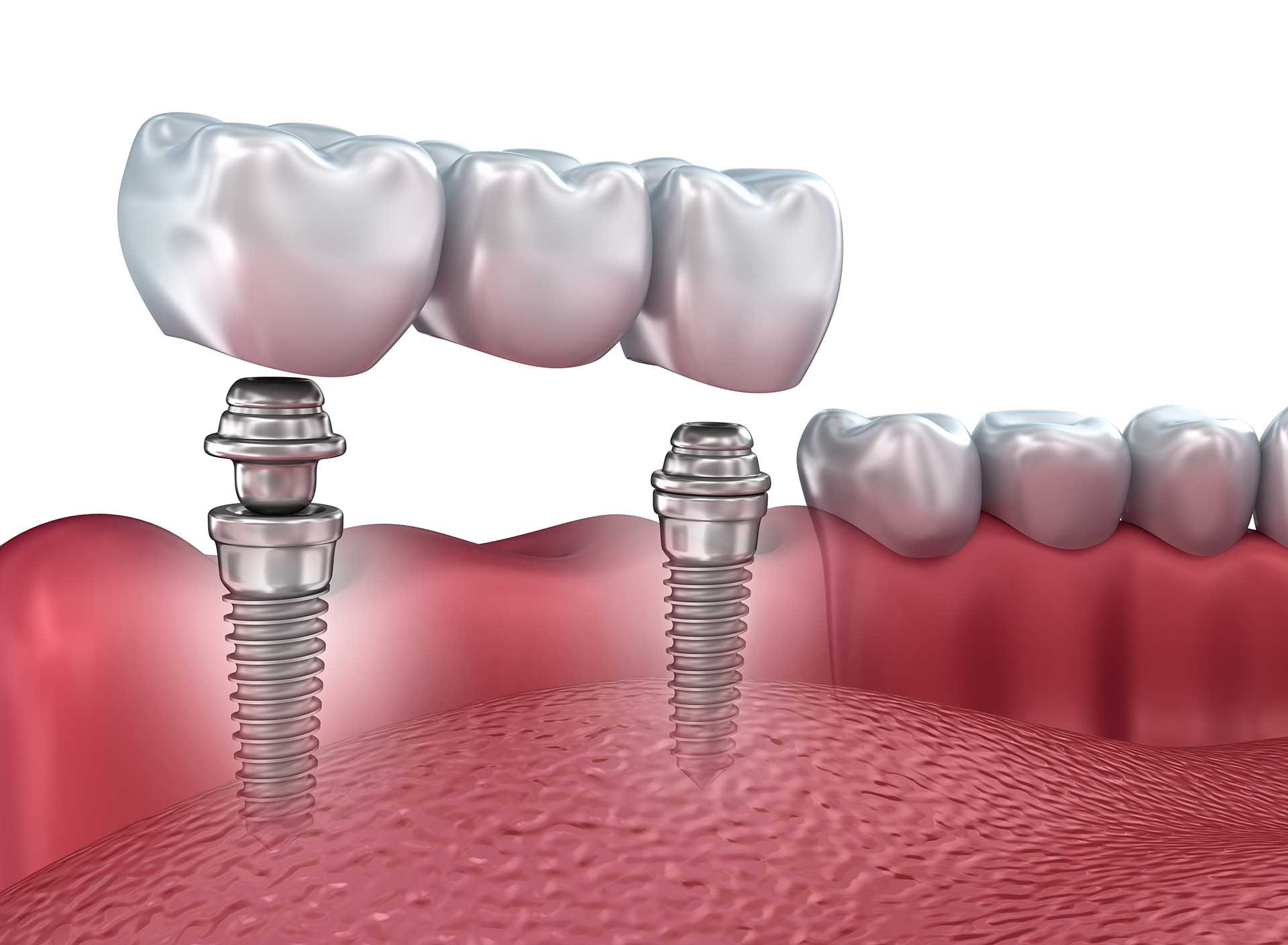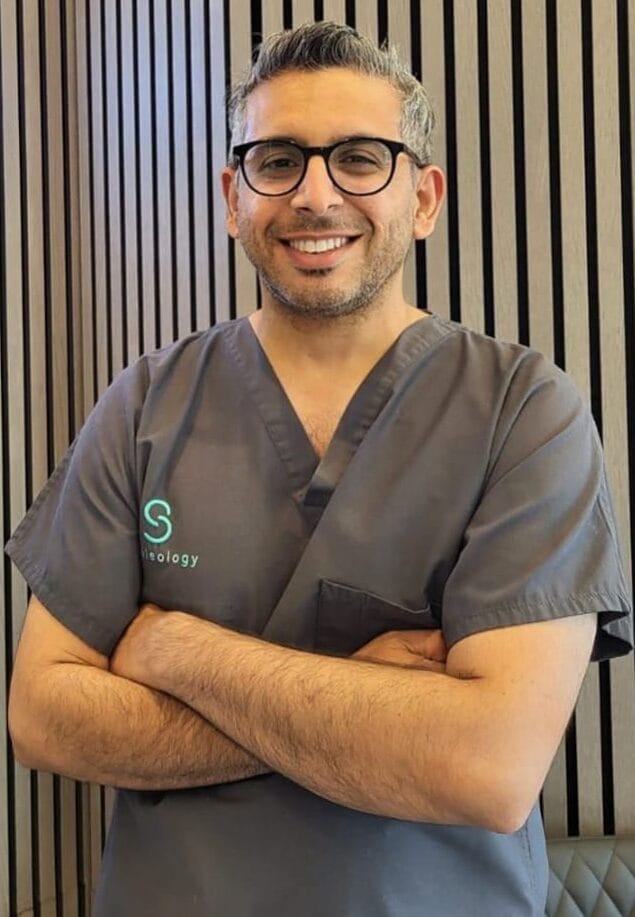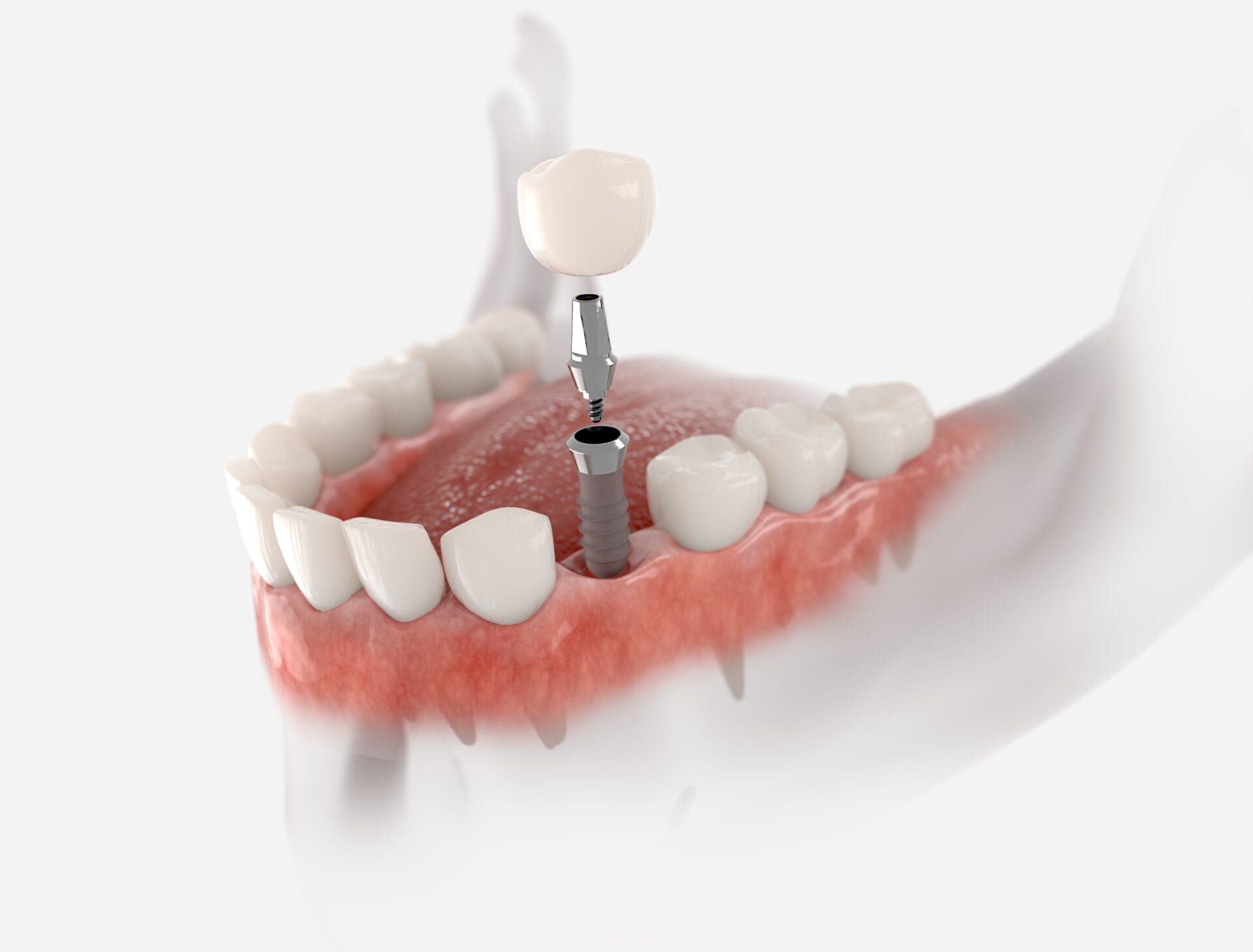Restore Your Smile with Dental Implants Kent: Expert Solutions
Restore Your Smile with Dental Implants Kent: Expert Solutions
Blog Article
Experience the most up to date Developments in Dental Implants Technology
As the field of dental care continues to advance, the improvements in oral implant modern technology have actually been nothing short of exceptional. The assimilation of modern technology is revolutionizing the capability of dental implants, promising boosted results and individual fulfillment.
Advanced Materials for Improved Resilience
In the world of dental implants innovation, the integration of advanced products has actually substantially contributed to boosting resilience and longevity of these important dental prosthetics. The usage of products such as titanium alloys, zirconia, and ceramic compounds has actually reinvented the area by providing enhanced biocompatibility, resistance, and toughness to rust.
Titanium alloys are widely made use of in oral implants because of their outstanding strength-to-weight ratio, corrosion resistance, and compatibility with the human body. These alloys make sure the stability and durability of the dental implant by enduring the pressures applied during talking and chewing, providing a reputable solution for clients seeking sturdy tooth substitutes.
Zirconia, a kind of ceramic material, has gotten appeal for its biocompatibility and natural tooth-like look. Its high toughness and resistance to use make it an ideal choice for oral crowns and bridges, improving the general aesthetic appeals and functionality of the implant.

Digital Imaging for Specific Placement
The advancement of dental implants technology has actually further advanced with the integration of digital imaging techniques, ensuring exact positioning of these prosthetics for ideal functional and visual outcomes. Digital imaging plays a critical function in the planning and placement of oral implants by providing comprehensive 3D pictures of the individual's jawbone framework. This modern technology allows dental practitioners to examine bone density, find vital frameworks, and prepare the specific placement and angle for implant placement with unequaled accuracy.
By using digital imaging, dental practitioners can create digital surgical overviews that work as a roadmap during the implant positioning procedure. These guides are personalized for each individual, taking right into account their unique composition and the desired result. This degree of accuracy not only enhances the success rate of oral implant treatments but also reduces the threat of difficulties.
In addition, electronic imaging enables dental professionals to envision the last prosthetic remediation before the real positioning of implants, permitting meticulous preparation and making sure that the result fulfills the patient's aesthetic expectations. In general, the integration of electronic imaging modern technology has revolutionized the area of oral implants, offering patients a much more foreseeable, effective, and patient-specific treatment approach.

Minimally Invasive Surgical Methods


Improvements in surgical strategies have brought about the growth of minimally invasive methods in the field of dental implantology. These strategies intend to lower trauma to the person, shorten recovery times, and boost total therapy end results. Minimally intrusive surgical procedures include smaller lacerations, specialized tools, and advanced imaging technologies to precisely position oral implants with minimal disruption to bordering tissues.
One trick aspect of minimally invasive strategies is using guided surgery, where 3D imaging and computer-aided style software are official website utilized to prepare the implant placement with excellent accuracy. This enables an extra predictable end result and can typically remove the requirement for considerable flap surgical procedure.
Additionally, developments in products and implant style have also contributed to the success of minimally intrusive strategies. Implants with improved surface properties promote quicker osseointegration, decreasing the recovery time required prior to the prosthetic reconstruction can be positioned.
3D Printing for Customized Solutions
Using 3D printing technology in oral implantology permits the creation of highly personalized services customized to private patient needs and physiological variants. This sophisticated modern technology allows oral specialists to create and fabricate dental implants with remarkable precision and precision. By making use of electronic imaging methods, such as cone beam computed tomography (CBCT), you can find out more thorough 3D designs of the person's mouth can be created to lead the implant planning process.
Among the key benefits of 3D printing in oral implantology is the capability to produce patient-specific implants that perfectly fit the special makeup of each individual. This personalized method helps boost the general success and durability of the dental implant by guaranteeing optimum fit and alignment. Furthermore, 3D printing enables the manufacturing of complicated geometries and elaborate structures that would be challenging or impossible to achieve using traditional manufacturing approaches.
Furthermore, 3D printing technology allows dental experts to streamline the implantation process, decreasing surgical treatment time and improving overall patient experience. With its capacity to produce customized services swiftly and successfully, 3D printing is reinventing the field of oral implantology, offering clients innovative treatment alternatives and boosted end results.
Integrated Modern Technology for Improved Performance
Executing innovative modern technology in oral implantology boosts performance and precision, elevating the standard of treatment for individuals undergoing dental implant treatments. Integrated innovation plays a critical function in boosting the total success and toughness of dental implants.
Moreover, the assimilation of computer-aided layout and computer-aided production (CAD/CAM) technology allows the production of personalized dental implant repairs with phenomenal accuracy. CAD/CAM systems utilize digital perceptions to design prosthetics that flawlessly fit the view it now individual's unique makeup, making sure optimum comfort and capability. In addition, making use of robotic-assisted surgical treatment in dental implant placement improves accuracy and lessens the danger of human error.
Final Thought
Finally, the most recent technologies in dental implants technology offer improved durability through advanced materials, precise positioning with digital imaging, minimally intrusive surgical techniques, customized solutions with 3D printing, and improved capability with integrated modern technology - Dental implants Kent. These improvements in oral implants technology are revolutionizing the field and offering individuals with more reliable and effective treatment options for recovering their smiles and oral health
The integration of innovation is reinventing the performance of dental implants, guaranteeing boosted results and person complete satisfaction.
The development of oral implants technology has actually even more advanced with the integration of digital imaging techniques, guaranteeing precise placement of these prosthetics for optimum practical and aesthetic end results. Minimally invasive medical treatments entail smaller sized cuts, specialized tools, and progressed imaging modern technologies to specifically put dental implants with very little disruption to bordering tissues.
Executing cutting-edge innovation in oral implantology boosts capability and precision, boosting the criterion of treatment for people undergoing dental implant procedures. Dental implants Kent. Integrated modern technology plays a vital function in boosting the overall success and toughness of oral implants
Report this page